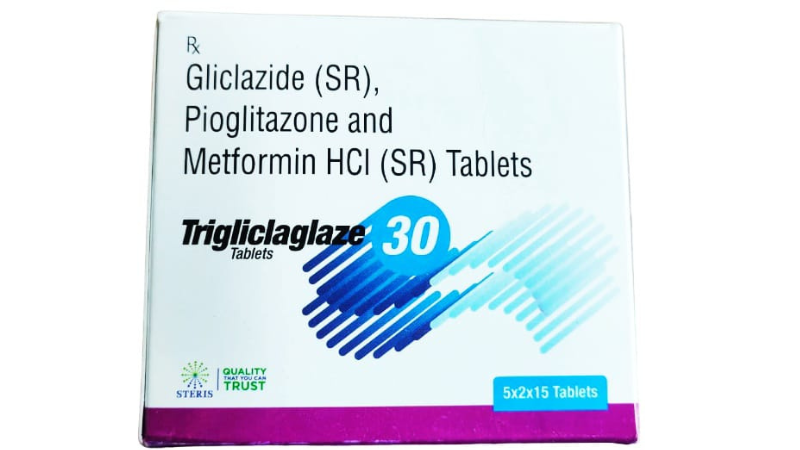Gliclazide (SR), pioglitazone, and metformin HCL (SR)""''""'''"
Sep 18, 2023
Gliclazide (SR), pioglitazone, and metformin HCL (SR)
TRIGLICLAGLAZE are medications used to manage blood sugar levels in people with type 2 diabetes. Each medication has a different mechanism of action and purpose. Here's an overview of each medication:
Gliclazide (SR):
Usage: Gliclazide is an oral antidiabetic medication belonging to the sulfonylurea class. TRIGLICLAGLAZE stimulates the pancreas to produce more insulin, which helps lower blood sugar levels.
Mechanism of action: Gliclazide works by binding to specific receptors on the pancreatic beta cells, stimulating the release of insulin.
Administration: Gliclazide is typically taken orally in tablet form. The extended-release (SR) formulation provides a gradual and sustained release of the medication over time.
Side effects: Common side effects of gliclazide may include hypoglycemia (low blood sugar), weight gain, upset stomach, nausea, and skin reactions. It is important to monitor blood sugar levels regularly and follow the prescribed dosage to minimize the risk of hypoglycemia.
Pioglitazone:
Usage: Pioglitazone is an oral antidiabetic medication belonging to the thiazolidinedione class. TRIGLICLAGLAZE helps improve insulin sensitivity in the body, allowing cells to use insulin more effectively and reduce blood sugar levels.
Mechanism of action: Pioglitazone acts as a peroxisome proliferator-activated receptor gamma (PPARγ) agonist, which regulates genes involved in glucose and lipid metabolism, leading to improved insulin action.
Administration: Pioglitazone is taken orally in tablet form. TRIGLICLAGLAZE is usually prescribed as part of a combination therapy along with other antidiabetic medications, including metformin.
Side effects: Common side effects of pioglitazone may include weight gain, fluid retention, edema (swelling), headache, and muscle pain. TRIGLICLAGLAZE may also increase the risk of heart failure in certain individuals.
Metformin HCL (SR):
Usage: Metformin is an oral antidiabetic medication that reduces the production of glucose by the liver and improves insulin sensitivity in peripheral tissues.
Mechanism of action: Metformin primarily works by suppressing glucose production in the liver, reducing intestinal glucose absorption, and enhancing insulin sensitivity.
Administration: Metformin HCL (SR) is an extended-release formulation that provides a sustained release of the medication over time. TRIGLICLAGLAZE is usually taken orally in tablet form.
Side effects: Common side effects of metformin may include gastrointestinal symptoms such as nausea, diarrhea, and abdominal discomfort. These side effects are usually mild and temporary. In rare cases, metformin can cause a serious condition called lactic acidosis, so it is important to monitor kidney function and adhere to prescribed dosages.
For further information please contact: info@sterispharma.com Order Now - https://www.sterisonline.com/product/trigliclaglaze-30-134278
Recent Post
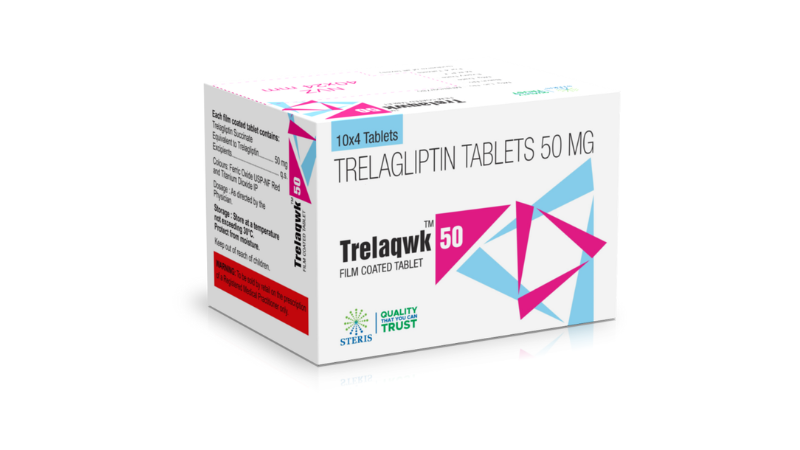
Trelagliptin 50 mg: Dose, Uses, Side Effects & Why TRELAQWK 50 is a Smart Choice
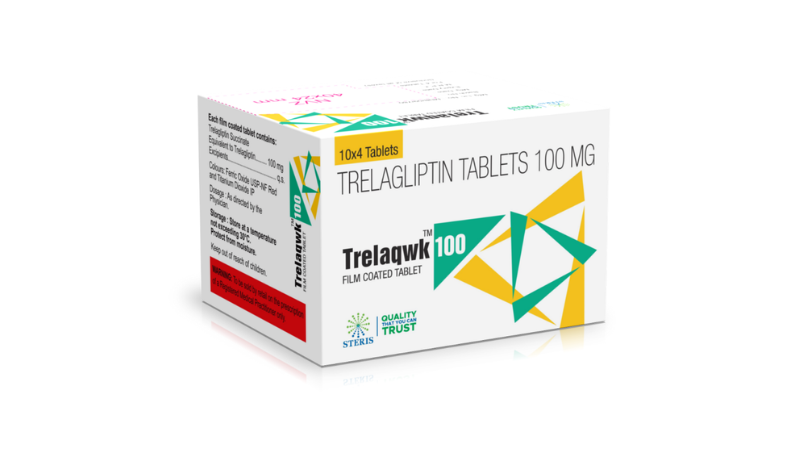
Trelagliptin 100 mg: Uses, Dosage, Side Effects & Weekly Diabetes Control
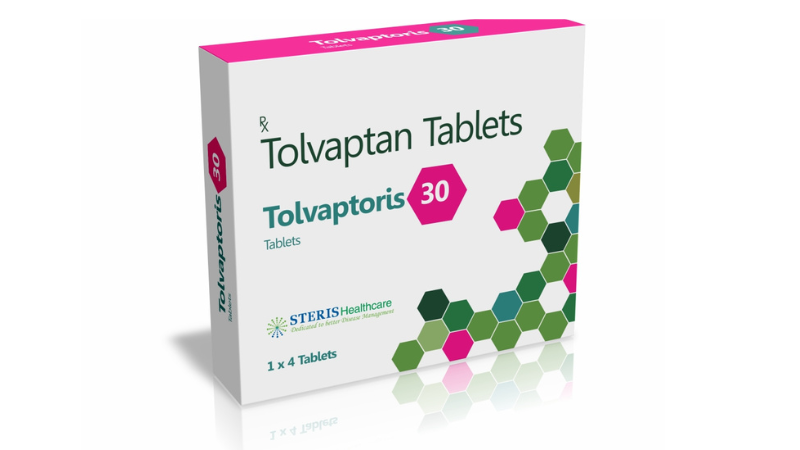
Tolvaptan 30 mg Tablet: View Usage, Benefits, Side Effects, Precautions and Other.
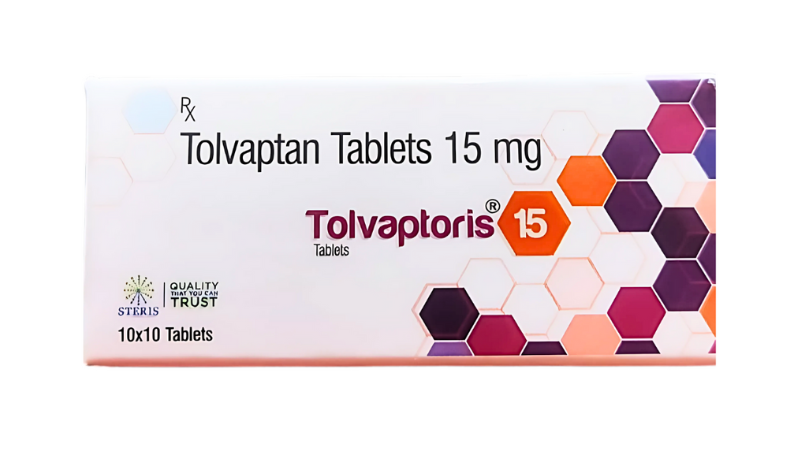
Tolvaptan 15 mg Tablet: View Usage, Benefits, Side Effects, and Mechanism of Action.
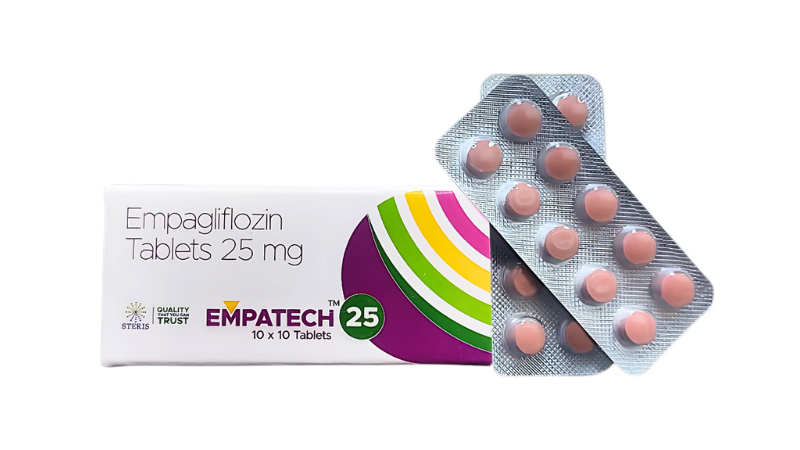
Empagliflozin 25 mg – Advanced Therapy for Type 2 Diabetes Management
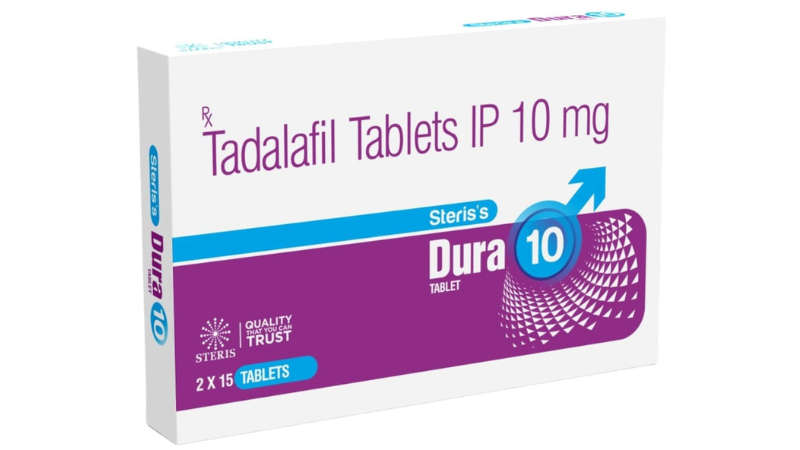
Tadalafil 10mg – Clinically Proven to Treat Erectile Dysfunction

Best Marine Collagen Peptides Powder With Amino Acid & Omega.
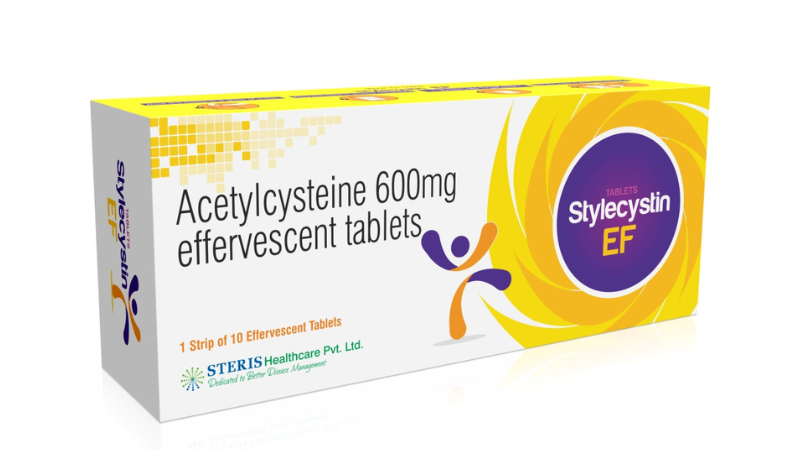
N-Acetylcysteine 600: STYLECYSTIN EF- Advanced Respiratory Support.
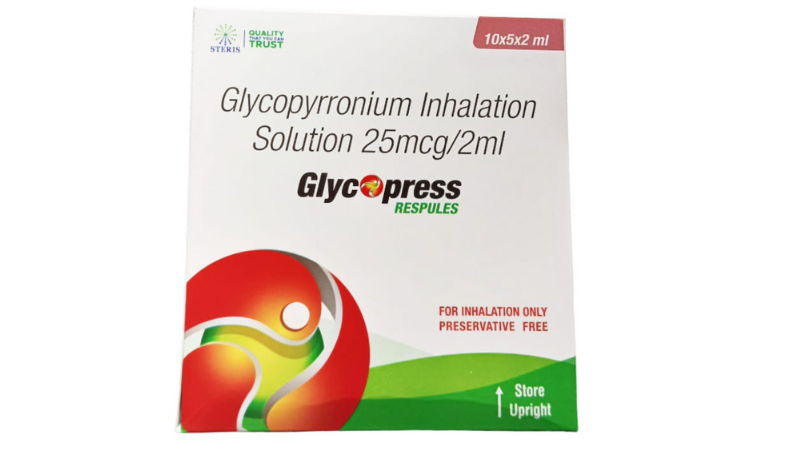
Glycopyrrolate IP Isotonic Solution 2ml: Understanding Glycopress
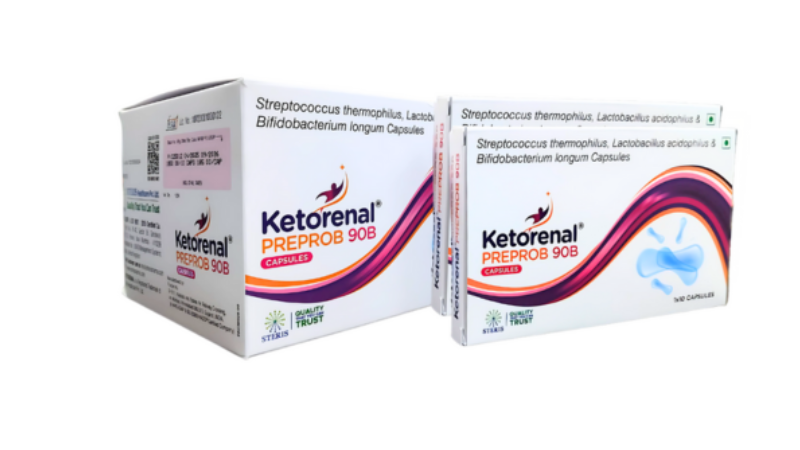
Streptococcus Thermophilus, Lactobacillus Acidophilus, Bifidobacterium Longum Capsules

